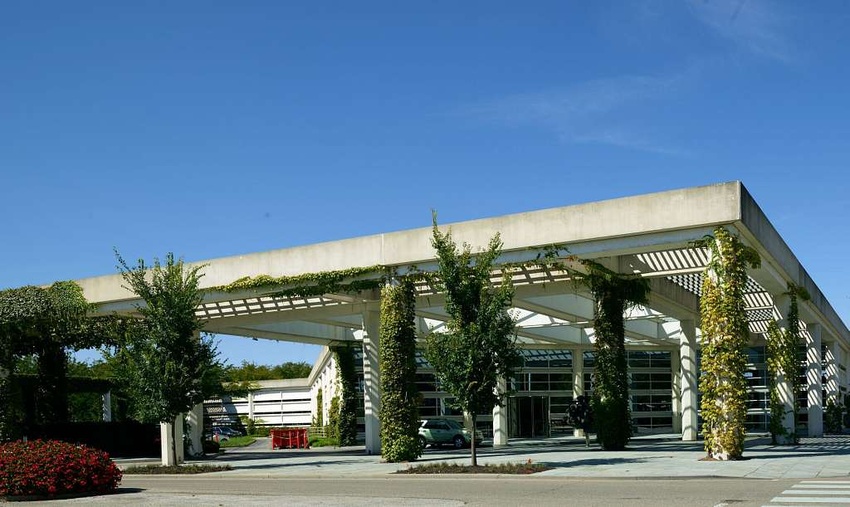Advancements in Turbocharger Technology for Natural Gas Engines
Ten years ago, turbochargers for natural gas and diesel engines were quite similar. However, the introduction of stricter emissions standards has led to the development of turbochargers specifically tailored to natural gas engines. These advanced systems are designed to operate under stoichiometric burn conditions, where oxygen and fuel are mixed in perfect balance, ensuring complete combustion with no leftover oxygen or unburnt fuel.
Turbochargers for natural gas engines incorporate unique features such as dual wastegate ports, larger actuators, and housing made from composite materials capable of enduring the higher temperatures required for stoichiometric combustion.
Key Differences Between Natural Gas and Diesel Engine Turbochargers
The distinct combustion characteristics of natural gas necessitate specialized turbocharger designs. While diesel engines typically utilize a lean burn with a higher air-to-fuel ratio, natural gas engines require a precise 1:1 air-to-fuel ratio for stoichiometric combustion. This results in smaller turbochargers for natural gas engines due to their lower air requirements. For instance, where a diesel engine might use an HE500 turbo, a natural gas engine may operate effectively with an HE300 or HE400 model.
To meet these specific needs, natural gas turbochargers include features like:
Ten years ago, turbochargers for natural gas and diesel engines were quite similar. However, the introduction of stricter emissions standards has led to the development of turbochargers specifically tailored to natural gas engines. These advanced systems are designed to operate under stoichiometric burn conditions, where oxygen and fuel are mixed in perfect balance, ensuring complete combustion with no leftover oxygen or unburnt fuel.
Turbochargers for natural gas engines incorporate unique features such as dual wastegate ports, larger actuators, and housing made from composite materials capable of enduring the higher temperatures required for stoichiometric combustion.
Key Differences Between Natural Gas and Diesel Engine Turbochargers
The distinct combustion characteristics of natural gas necessitate specialized turbocharger designs. While diesel engines typically utilize a lean burn with a higher air-to-fuel ratio, natural gas engines require a precise 1:1 air-to-fuel ratio for stoichiometric combustion. This results in smaller turbochargers for natural gas engines due to their lower air requirements. For instance, where a diesel engine might use an HE500 turbo, a natural gas engine may operate effectively with an HE300 or HE400 model.
To meet these specific needs, natural gas turbochargers include features like:
- Dual Wastegate Ports: These regulate exhaust flow, control pressure, and prevent over-boosting while managing the high bypass capability.
- High-Temperature Materials: Turbine components are made from durable materials such as graphite, stainless steel, and advanced alloys like Chrome-Moly to withstand turbine inlet temperatures exceeding 760°C, compared to sub-700°C temperatures in diesel engines.
- Larger Actuators: A natural gas turbocharger uses a T4 actuator (4 square inches) to handle higher bypass and temperature demands, whereas diesel turbochargers use smaller T2 actuators.
- Water-Cooled Bearings: These housings mitigate the elevated temperatures by using additional piping and coolant connections to ensure consistent temperature control.
Evolution Driven by Emissions Regulations
The differentiation between diesel and natural gas turbochargers accelerated with the enforcement of emissions regulations like Euro 6 and EPA standards. Natural gas engines transitioned to stoichiometric burning, which raised operating temperatures and necessitated redesigned turbochargers. This shift reduced the dependence on aftertreatment systems like Diesel Oxidation Catalysts (DOCs) or Selective Catalytic Reduction (SCR) systems, lowering overall engine and turbocharger costs.
Optimizing Natural Gas Engines for Sustainability
As a pioneer in turbocharger innovation, Cummins has played a pivotal role in developing solutions tailored to both diesel and natural gas engines. By addressing the unique demands of natural gas combustion, Cummins continues to enhance engine performance, reduce emissions, and make natural gas a cost-effective and environmentally friendly alternative to diesel in commercial transportation. This commitment aligns with the broader goal of decarbonizing the transportation sector while meeting stringent emissions standards.
The differentiation between diesel and natural gas turbochargers accelerated with the enforcement of emissions regulations like Euro 6 and EPA standards. Natural gas engines transitioned to stoichiometric burning, which raised operating temperatures and necessitated redesigned turbochargers. This shift reduced the dependence on aftertreatment systems like Diesel Oxidation Catalysts (DOCs) or Selective Catalytic Reduction (SCR) systems, lowering overall engine and turbocharger costs.
Optimizing Natural Gas Engines for Sustainability
As a pioneer in turbocharger innovation, Cummins has played a pivotal role in developing solutions tailored to both diesel and natural gas engines. By addressing the unique demands of natural gas combustion, Cummins continues to enhance engine performance, reduce emissions, and make natural gas a cost-effective and environmentally friendly alternative to diesel in commercial transportation. This commitment aligns with the broader goal of decarbonizing the transportation sector while meeting stringent emissions standards.


 Advancements in Turbocharger Technology for Natural Gas Engines: Key Differences & Innovations
Advancements in Turbocharger Technology for Natural Gas Engines: Key Differences & Innovations





 Companies
Companies